EPE 2019 ECCE Europe:
The Power Electronics community gathered in Genova, Italy, from 2 to 6 September 2019, to exchange views on research progresses and technological developments in the various topics described hereunder.
On Monday 2 September a number of tutorials were organised and several technical visits took place on Friday 6 September.
The 21st Conference on Power Electronics and Applications (and Exhibition), EPE’19 ECCE (Energy Conversion Congress and Expo) Europe was co-sponsored by the EPE Association and IEEE PELS. It took place at the Magazzini del Cotone Conference Centre in downtown Genova.



Conference Chairman
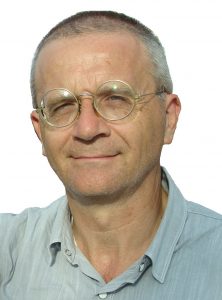
Prof. Dr. Mario Marchesoni
Università degli Studi di Genova, Genoa, Italy
Topics:
Electrical energy generation and supply to users is on transition to distributed generation from traditional to renewable energy sources and development of Smart grids on “macro” “micro” and “nano” levels. Very fast research and development of smart DC grids is highly challenging and power electronics is the driving force of those new technologies. Power electronics in mechatronic and adaptronic systems, industrial robotics and wide range health care and iorobots with artificial intelligence are topics for further research. The explosive development of electric mobility, current and expected, will provide new challenges and opportunities; on one side, the progressive removal of fossil fuels, both in transport and heating/cooling, will increase the usage of electric energy; on the other side, a vast number of batteries, both on wheels and in fast charging stations, may contribute to resolve the intrinsic unpredictability of renewables. Ultrafast vehicle charging stations, in particular, are expected to be realized with significant storage capacity. Also, increasing the efficiency of power supplies reduces electrical energy consumption and may be counted as another way to reach that goal. Power electronics is also becoming crucial in electric power system, as it includes various types of energy storage technologies. In response to all these challenges, novel topologies, control structures and power components are being introduced to improve performance of power electronics systems. Especially, new wide bandgap materials (SiC & GaN) and the incoming power modules are a serious chance for a big step forward in a broad range of applications. A wide spectrum of topics will be addressed during the largest European conference in power electronics – EPE’19 ECCE Europe. Researchers, application engineers and experts from academia and industry will meet to discuss and exchange ideas.
1.a. Passive components
1.b. Active devices and components (Si)
1.c. Active devices and components (Wide bandgap and other new materials)
1.d. System integration, packaging & thermal management
1.e. Reliability
2.a. Hard & Soft switching techniques
2.b. Advanced power converter topologies
2.c. EMC issues including HF phenomena
3.a. Standard and advanced control techniques for power converters
3.b. Application of control methods to electrical systems
3.c. Control of multi-machines/multi-converters
3.d. Estimation and identification methods
3.e. Sensorless control
3.f. Management of distributed systems
3.g. Computational intelligence in control systems
3.h. Measurements techniques
3.i. Sensors
4.a. Electrical Machines
4.b. Adjustable speed drives
4.c. High performance drives
4.d. Motion control, robotics, special drives
5.a. Wind energy systems
5.b. Solar energy systems
5.c. Other renewable energy systems
5.d. Energy harvesting
5.e. Energy storage systems for renewable energy
6.a. Power electronics in transmission and distribution systems
6.b. HVDC & FACTS
6.c. Micro-grids
6.d. Smart grids
6.e. Power quality issues and power factor correction techniques
6.f. DC grids including fault coordination and protection
7.a. Low voltage DC power supplies
7.b. High voltage DC power supplies
7.c. Distributed power supplies
7.d. Uninterruptible power supplies (UPS)
7.e. Electronic ballasts and solid state lighting
7.f. Contactless power supply
7.g. Wireless power transfer
8.a. Electric propulsion systems for electric vehicles
8.b. Power converters for electric vehicles
8.c. Batteries, active and passive Management Systems (BMS)
8.d. EV´s battery chargers: Contact and contactless
8.e. Standards and regulations
9.a. ECCT in the industry (cement, steel, paper, textile, mining, etc…)
9.b. ECCT in aerospace and space applications
9.c. ECCT in rail vehicles
9.d. ECCT in marine applications (offshore, subsea and deep ocean, and ships)
9.e. ECCT in physics research and related applications
9.f. Pulse applications, including passive components and transducers for power pulses
9.g. Embedded energy systems
10.a. Data Analysis applied to Power Electronics and drives systems
10.b. Application of AI to Power Electronics and drives systems
10.c. Communication for Power Electronics
10.d. Wireless control
Tutorials
The following tutorials were organised on Monday 2 September 2019, prior to the conference.
They took place at the University of Genova.
- Miroslav Vasic, Universidad Politécnica de Madrid, Centro de Electrónica Industrial (CEI), Madrid, Spain
(Morning)
- Prof. Bulent Sarlioglu, PhD, Associate Professor, University of Wisconsin-Madison, USA
(Afternoon)
- Dr. Olayiwola Alatise, School of Engineering, University of Warwick, UK
- Dr. José Ortiz Gonzalez, School of Engineering, University of Warwick, UK
- Assist. Prof. Amir Sajjad Bahman, Department of Energy Technology, Aalborg University, Denmark
- Prof. Francesco Iannuzzo, Department of Energy Technology, Aalborg University, Denmark
(Full day)
- Prof. Drazen Dujic, Power Electronics Laboratory – PEL, Swiss Federal Institute of Technology – EPFL, Lausanne, Switzerland
- Dr. Alexandre Christe, ABB Corporate Research Centre, Västeras, Sweden
- Mr. Stefan Milovanovic, Power Electronics Laboratory – PEL, Swiss Federal Institute of Technology – EPFL, Lausanne, Switzerland
(Full day)
- Daniel Stroe, Aalborg University, Denmark
- Remus Teodorescu, Aalborg University, Denmark
- Mattia Ricco, University of Bologna, Italy
(Full day)
- Ilknur Colak, Team Leader & Project Manager – Power Electronics, Maschinenfabrik Reinhausen GmbH, Regensburg, Germany
(Afternoon)
- Saijun Mao, Leadrive Technology (Shanghai) Co. Ltd, Shanghai, China
- Braham Ferreira, Delft University of Technology, Delft, The Netherlands
(Morning)
- Ralph Kennel, Department of Electrical and Computer Engineering, Technical University of Munich, Munich, Germany
- José Rodriguez, Faculty of Engineering, Universidad Andres Bello, Santiago, Chile
- Tomislav Dragicevic, Department of Energy Technology, Aalborg University, Aalborg, Denmark
- Mateja Novak, Department of Energy Technology, Aalborg University, Aalborg, Denmark
- Tobias Geyer, ABB Corporate Research, Baden-Dättwil, Switzerland
(Full day)
Keynotes
The following keynotes were given during EPE’19 ECCE Europe:
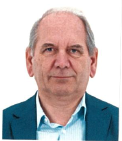
Marco VENTURINI
CEO of Phase Motion Control S.p.A.
The coming of age of high performance batteries is revolutionising electric mobility at an accelerating pace. The current and coming generation of batteries offers both high energy density and the option of ultra fast charging, thus removing the two main obstacles to a generalized replacement of IC engines in private transportation. Increasing investment across the industry is rapidly clearing away other minor, but multiple, problems, such as efficient and reliable cabling, protection, component packaging and so on. A revolution is on the way. On the supply side, the availability of a growing “battery on wheels” connected to the network, at least most of the time, can and will serendipitously solve the issue of network instability triggered by the increasing percentage of renewables generation in the grid. This means that a growing fraction of the EVs will run on zero energy or negawatt, i.e. renewable energy that would not have been otherwise harvested. A high challenge, but a very worthwhile work for the future of the world.

Paolo BORDIGNON
Executive Vice President, R&D Coordination and Technology, Rongxin HUIKO Electric Technology Co., Ltd
This speech is intended to describe the present State of the Art and future trend of Voltage Source Conversion (VSC) Technology applied to Transmission and Distribution (T&D) Lines in particular to High Voltage Direct Current (VSC-HVDC) and Flexible AC Transmission Systems (FACTS).
Taking into consideration the present state and future trend of Power Semiconductor devices development, Conversion Topology and main Applications.
The applications, where VSC-HVDC technology has been applied with major success, until now are : Interconnectors between countries and transmission by submarine cables from Off Shore Wind Farms to On Shore Grid (main locations in North Europe) , Multi-terminals (MTDC) and Back to Back (B2B) Ties (mainly in China). In near future we foresee important application of VSC technology also in Long Distance Transmission (LDT) (China, India and Brazil or between continentals).
Some comparisons in terms of power rating, performances, space and losses has been evaluated between VSC-HVDC technology and the traditional one based on Current Source Thyristor conversion commonly known as Line Commutated Conversion (LCC-HVDC ) , in China some Hybrid solutions VSC+LCC has been already applied in B2B and others will be applied also in LTD in near future. We think Hybrid will become more and more important in the future to guarantee the best performances at lower cost and losses.
Regarding FACTS many solutions have proposed and deeply studied based on VSC Converter in Series (SSSC), in Shunt (Statcom) or both in Series+Shunt position (UPFC) to stabilize high voltage AC line in transmission operation or against bad contingences. At present only Statcom has been extensively applied in real T&D projects and now is also entering in heavy duty industrial sectors to improve Power Quality of MV industrial feeding lines.
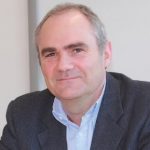
Antonello MONTI
Director of the Institute for Automation of Complex power Systems. E.ON Energy Research Center, RWTH Aachen University
The energy transformation is bringing more and more power electronics into the power system. As result, we are moving from a classical electromechanical system to a fully electronic driven system. This change is significantly affecting the dynamics of the power system but also opening completely new opportunities. The presentation will introduce recent studies in the field of dynamic integration of inverters in power grids showing that power electronics can be seen more as opportunities than as a problem. While a full concept of automation for future power system is still part of research, interesting options are emerging showing how the future power electronics-based power system could be actually more reliable than the classical power system.
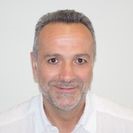
Xavier ROBOAM
Université de Toulouse, LAPLACE (CNRS/INPT/UPS), Toulouse
The environmental context of aeronautics (less CO2, les fuel burn, acceptability) is “drastically changing” and electrification of future aircrafts becomes a key driver. Whatever if non propulsive systems (<100kW, <540V) or hybrid (or full electric) power train (100kW-MW, xkVs) are considered, huge challenges have to be faced by designers in terms of technologies (passive devices, magnetic materials, wide gaps,…) and feasibility constraints (quality, stability, EMI, partial discharges, environment and mission profile,…). In this presentation, we propose to cross these key challenges with methodological vision related to the “integrated optimal design of more electric systems”. Indeed, the complexity of such processes involves innovative approaches such as the Multi-disciplinary Design Optimization.
Technical Visits
The following Technical Visits were organised in the frame of EPE’19 ECCE Europe:
Phase Motion Control specializes in all types of high performance PM motors and generators, from a few mm diameter to several meters. The visit will walk through all phases of high performance electronic motor manufacturing and testing and high energy magnet handling. A separate department is devoted to power electronics and high power charging systems for EVs, with a short walk through the manufacture of HPC charging stations with built in high energy Li-ion batteries.
The mission of the IIT Graphene Labs (G@IIT), https://graphene.iit.it/, is to develop two dimensional (2D) crystals, both for exploring fundamental phenomena and for conceiving their application in technological solutions. The G@IIT strategic plan is developing within the ten-year European Fet-flagship initiative Graphene, starting in 2013 and involving IIT researchers in different fields of activity, such as material production, energy generation and storage, health and biomedical applications, optoelectronics. Graphene Labs give strong emphasis to Technology transfer and dissemination by bridging contacts with different stakeholders
The group of Smart Materials, https://www.iit.it/research/lines/smart-materials is based at the central research facility of the IIT in Genova. The research of the group deals with the development of new composite materials combining various polymers and changing their properties by introducing nanofillers or organic molecules in the matrices. They work on both the control of the chemistry and of the structure of the materials we develop, in order to achieve precise properties adjusted to the needs of various application fields. Since polymers are the main building blocks of the materials that we fabricate, they have intensified our efforts in using natural polymers principally of plant origin or biodegradable polymers, in order to develop new advanced composite materials with accurately modulated properties but at the same time with minimal environmental impact.
The iCub laboratory space, https://iit.it/research/lines/icub, hosts several research lines providing support on all aspects related to the robot design, modification, fabrication, programming and use in the daily research activities. Our skilled personnel consists of about 80 people, 60% of which involved in research, the remainder dedicated to engineering and administration. The laboratory presently sports four iCubs in different configurations as well as the machinery required to assemble, maintain and run the robots, measurement and calibration devices, and the ICT infrastructure.
ASG Headquarters, with administrative offices and four production bays covering 15,000 sqm, is located in Genoa, near the port, in a strategic position in northwestern Italy.
In 2010, after winning the international contract to build 10 superconducting coils for the ITER project, ASG began work on a new production facility in La Spezia, also in Liguria and close to the port, which was completed in less than 18 months.
The visit will take place in the La Spezia plant.
The new ASG Superconductors production facility contains four bays, covers a total surface area of 25,000 sqm and is fitted with the new technology and logistics equipment needed to manufacture and handle large-scale components, like the superconducting coils for the ITER project now in production, which exceed 15 meters in length and weigh over one tons each.
The factory also has a clean area (controlled temperature and humidity areas complying with specific environment and air cleaning procedures) that covers 4,600 sqm and meets ISO Class 8 standards.
Sponsors and Exhibitors
The following companies and institutions were contributors of EPE’19 ECCE Europe:

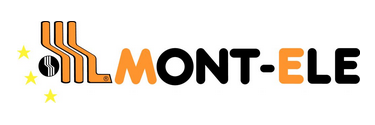
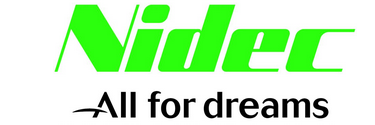
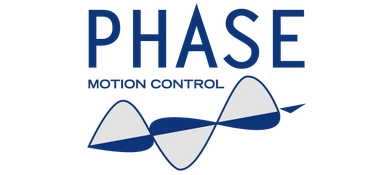
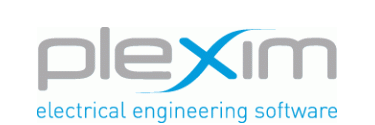
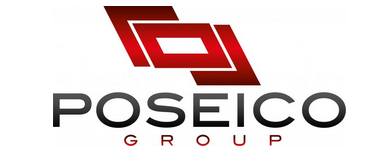
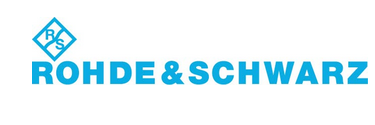
The following companies and institutions exhibited at EPE’19 ECCE Europe:




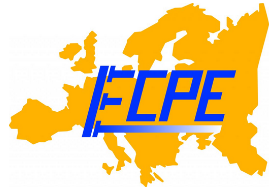










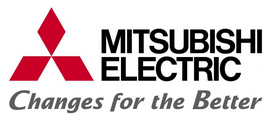






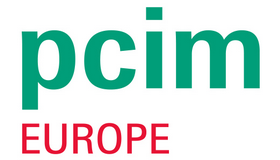
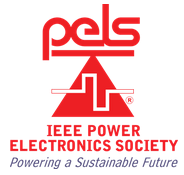

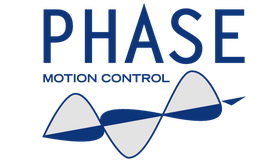
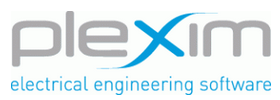
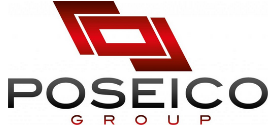


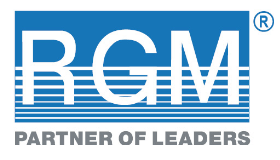



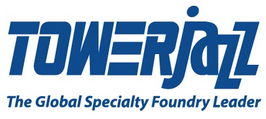

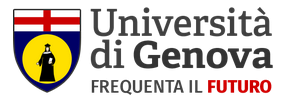




Proceedings
To access the proceedings of EPE’19 ECCE Europe (and other EPE & EPE ECCE Europe-Conferences), join EPE Association and/or log in here:
Statistics
Number of Participants:
Number of Presented Papers:
- Lectures:
- Dialogues:
Number of Lecture Sessions:
Number of Dialogue Sessions:
Number of Sponsors:
Number of Exhibitors:
950
488
116
372
28
33
7 Contributor Sponsors
41 Exhibitors
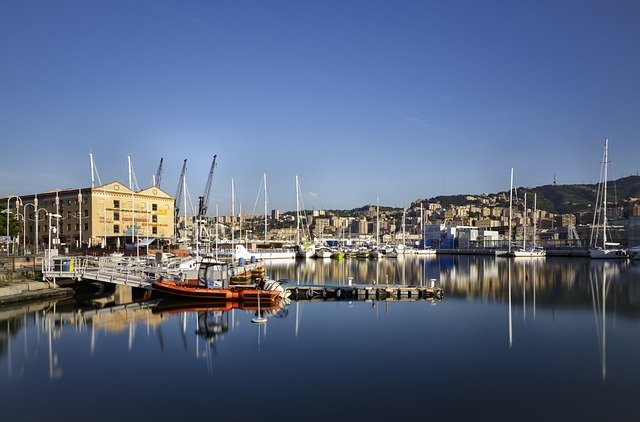
EPE’19 ECCE Europe Conference Website:
